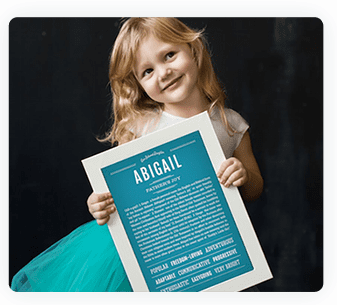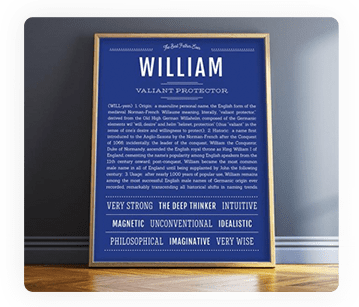Historic Figures
WITH THE NAME ADELINE
Virginia Woolf was one of the most important modern English writers, and a member of the famed artistic circle, the Bloomsbury Group. Among her best known works are Mrs. Dalloway, Orlando, and To the Lighthouse. Born to quintessentially British aristocracy, Virginia was the daughter of the renowned author and critic, Sir Leslie Stephen, and his wife, Julia Jackson Stephen, who served as a model for Edward Burne-Jones and who was herself the niece of photographer Julia Pattle Cameron. Virginia and her sister were tutored at home, as was the custom, but were also exposed to the results of the formal educations provided for their brothers. In addition, her parents’ prominence made for a lively household filled with visitors such as Henry James and James Russell Lowell. This idyllic childhood seems to have ended with the death of her mother in 1895, followed by that of a half-sister two years later. These deaths, along with that of her father in 1904, precipitated increasingly severe bouts of mental breakdowns that were to continue throughout her life. In 1912 Virginia married Leonard Woolf and embarked upon a happy marriage, marred only by her periodic nervous breakdowns and her suicide by drowning in 1941. Together they established the Hogarth Press, which published many of Virginia’s works, as well as those by such luminaries as T. S. Eliot, Laurens van der Post, and Virginia’s sister, Vanessa Bell. Virginia Woolf fell out of favor after the Second World War, but interest in her was revived by the post modern feminist of the 1970s, and today her reputation is at its brightest.
Better known as Virginia Woolfe, Adeline Stephen was an English writer of essays, short stories and novels. She is considered one of the most important literary figures of the 20th century most known for her novels “To the Lighthouseâ€, “Mrs. Dalloway†and “Orlandoâ€. Heavily influenced by Marcel Proust and James Joyce, To the Lighthouse employs stream-of-consciousness narrations and meandering paragraphs to depict the make-up of a family (the Ramsays). It’s more about thoughts and perceptions within the internal landscapes of her characters rather than black-and-white reality. This novel is considered one of the greastet modernist works of fiction in the English language. Nicole Kidman portrayed her in a critical acclaimed 2002 movie, “The Hoursâ€.



